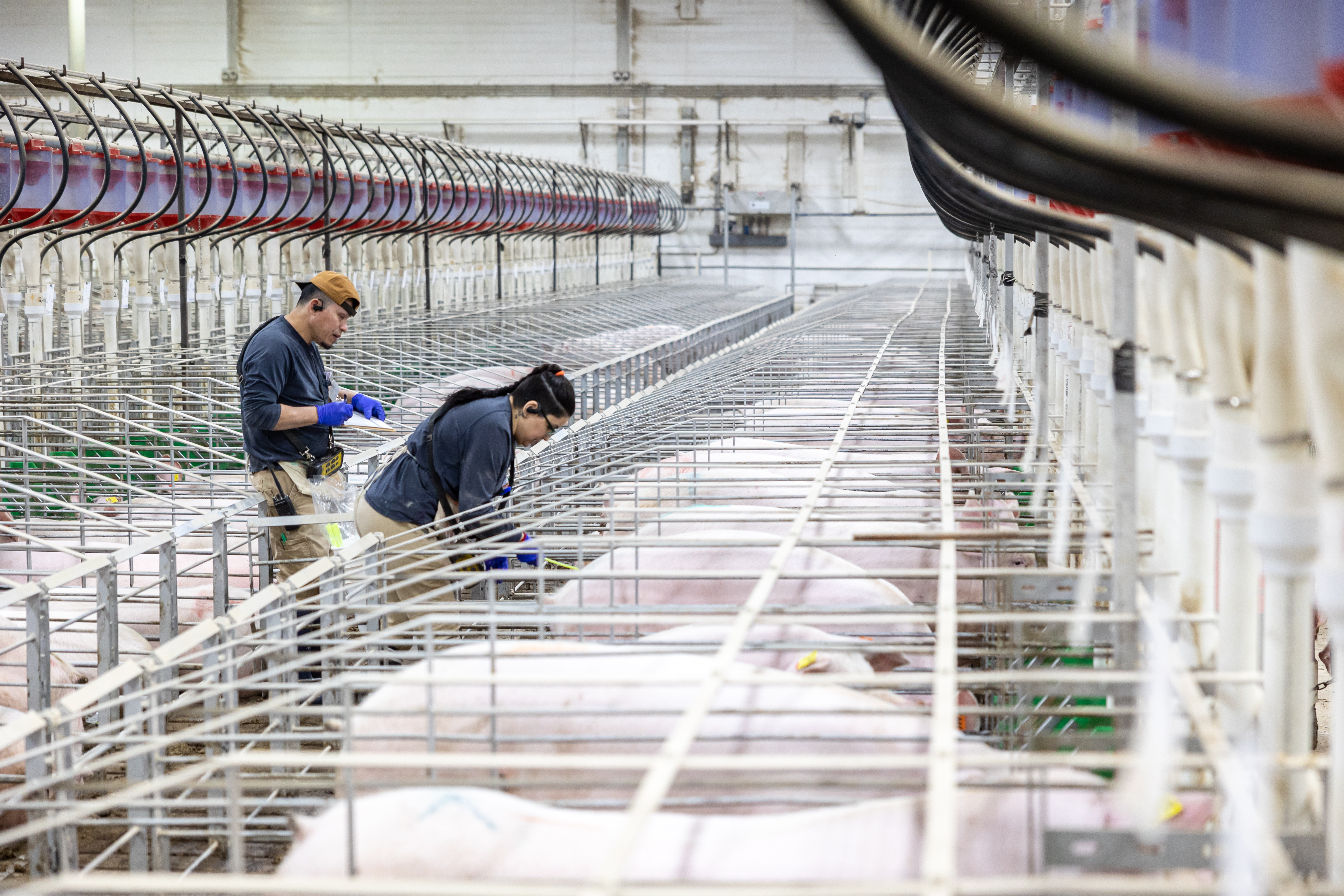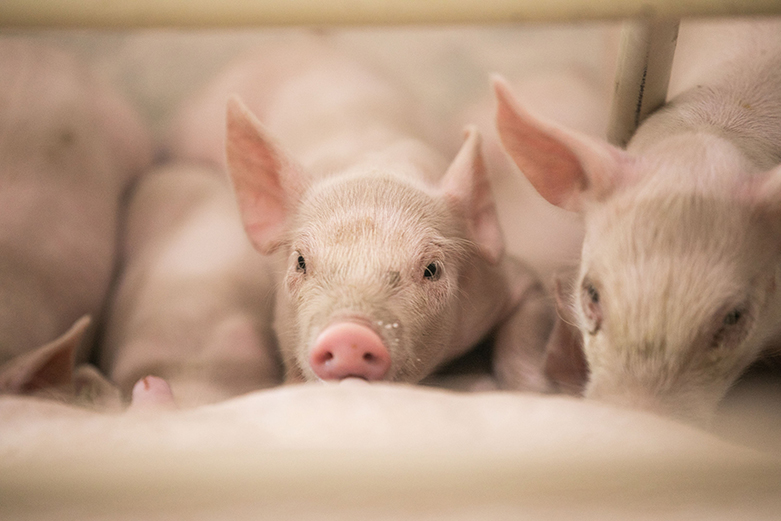PIC is enhancing sow robustness with progress in genetics and breeding selection.
A solid genetic foundation is crucial to addressing the complex challenges that affect sow longevity. PIC uses the most advanced genetics backed by innovative research and cutting-edge tools to enhance sow robustness.
“With a culture of innovation and continuous improvement, we’re dedicated to reevaluating and enhancing our understanding of how genetics and production best practices support sow longevity,” explains Dan Hamilton, PIC Senior Director of Product Performance of the Americas.
Researched predictions
An estimated breeding value (EBV) is an estimate of an individual animal’s true breeding value based on performance data and pedigree information. EBVs are the building blocks of PIC’s genetic selection index. With better building blocks, the selection index creates the best genetic progress.
The selection index is a combination of traits that impact profitability in the whole production chain. Regarding sow farm profitability, PIC has developed the industry’s first reproductive success EBV, which focuses on a sow’s ability to breed, conceive and carry the litter to term. We have also developed a pelvic organ prolapse (POP) risk EBV.
PIC is continuously making genetic progress with moderately and even lowly heritable traits including litter size and POP risk. In our Elite herd breeding program, we have made considerable progress in reducing the genetic risk of POPs.
“Sow longevity is complex,” says Justin Holl, PIC Senior Director of Product Development. “The genes that impact structure may not impact the other reasons that cause fallout. We consider the reasons for sow mortality separately to focus on each specific impact.”
The selection index is updated on an annual basis as more commercial data points are collected.
Informed by customers
Genetic focus isn’t as effective unless it’s combined with phenotypic data when creating change for longevity, which is why the Maternal GNX program is so important.
“It’s one thing to have information and be able to calculate a breeding value. It’s another thing to act on that and put it into a selection program. That’s our priority,” Holl says.
The Maternal GNX program compiles commercial data shared by our customers to inform our breeding program. Traditionally, PIC uses our nucleus farms to develop and select breeding animals. However, we manage these farms at a high-health status, which doesn’t accurately reflect all our customers’ production conditions.
The commercial performance data through the Maternal GNX program allows us to see which families exhibit robustness traits in on-farm situations, expanding our understanding of how to select and add new traits for robustness. We’re collecting 150,000 data points per year to strengthen our genetic selection decisions.
Sound feet and legs
Feet and leg structure is also highly correlated with longevity. Digital phenotyping technology helps increase the precision and pace of improvement in this category by taking out subjectivity when scoring a female’s mobility.
We pair lifetime production data with videos captured in the barn to evolve the standard for locomotion scoring. This new scoring method has improved our ability to consistently create genetic change.
Evolving today’s breeding female for the future
Today’s breeding female is drastically different than she was even five years ago, Hamilton says. Dramatic progress in reproductive traits and genetics have created fast, efficient and lean growth that results in more productive females that stay in the herd longer.
This robustness focus culminates in the Camborough®, PIC’s industry-leading female in productivity and longevity.
It’s easy to forget how far we’ve come. Holl notes that what came standard in a pickup truck 15 years ago is drastically different than what’s available today. The Camborough® is no different. All the work that goes into her genetics and robustness is a standard value addition.
“To me, one of the big powerful points is that we’ve got a data set that’s reliable and we’ve got linkage through genomics to make decisions today. This works because of genomics. And if we didn’t have a commercial data set, our ability and comfort level of saying that we’re going to be impacting our customers would be less. We use the most accurate information possible to make the right decisions. No one likes spinning their wheels, right? Let’s make progress here,” says Holl.
Genetics is one of PIC’s four pillars focused on sow robustness. Robustness starts with genetics and is elevated through sound management in female development, body condition and feeding, and individual sow care. As part of the full solution, PIC has a hands-on technical support team that can provide insights on maximizing a PIC animal’s longevity.
To learn more about how you can find success with PIC females, contact your local PIC rep or visit our resources page.






